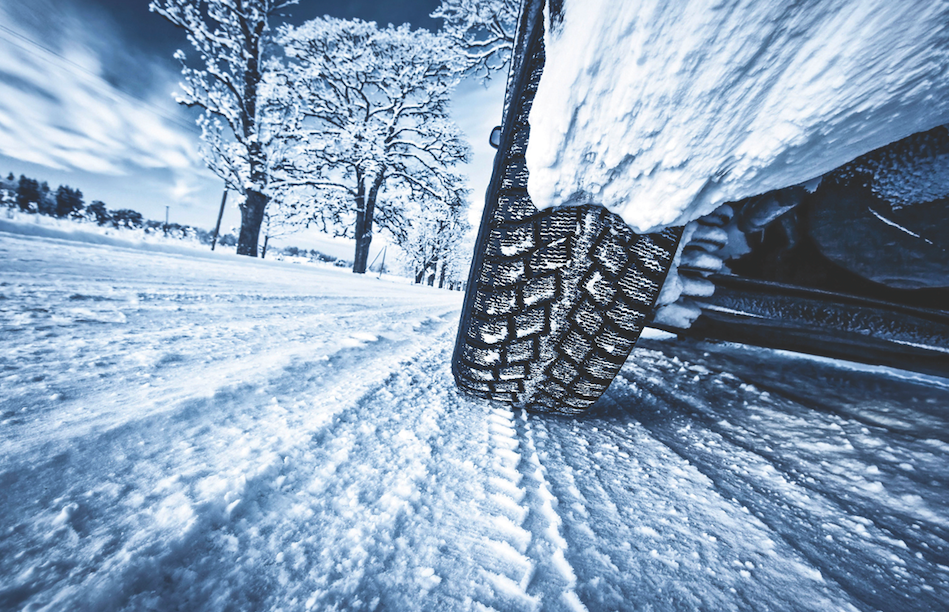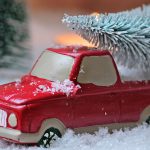Comfort takes center stage each winter. As people look to stay warm, many may be quick to turn up the thermostat so their entire home is toasty warm. But much like cranking air conditioners during the dog days of summer, turning up the thermostat each time the winter winds begin blowing can prove costly for homeowners. According to estimates from the National Energy Assistance Directors’ Association, homeowners spent an average of $911 on home heating costs in the winter of 2019-20. The winter of 2020-21 could prove even more expensive, as the COVID-19 pandemic continues to force much of the world to practice social distancing. That means many professionals are still working from home full-time, while even those who aren’t are no doubt spending more of their free time at home. All those hours spent at home figure to increase reliance on heaters this winter, which means heating bills are likely to go up as the temperatures go down.
Finding ways to save on heating costs will no doubt prove a priority for many homeowners this winter, and the following are some ways to do just that.
• Add insulation. Extra insulation throughout the house can dramatically reduce home heating (and cooling) costs. According to the Environmental Protection Agency, adding insulation in attics, crawl spaces and basement rim joists can help homeowners save as much as 15 percent on heating costs.
• Lower the temperature on your water heater. Another way to trim your energy bill this winter is to lower the temperature on your water heater. The U.S. Department of Energy notes that, for every 10 F reduction in temperature on their water heaters, homeowners can save between 3 and 5 percent on their water heating costs.
• Close the flue on your fireplace. Fireplaces can keep a home’s inhabitants warm in winter, but only when they’re in use. When they’re not being used, fireplaces can allow heat to escape a home. When the fireplace is not being used, close the flue to prevent heat from escaping the house. Keeping all windows and doors closed throughout the day is another way to prevent unnecessary heat loss.
• Have your HVAC system serviced before winter begins. Inefficient HVAC systems cost homeowners considerable amounts of money each year. Annual maintenance performed by a certified HVAC professional can ensure filters are clean and operating at peak efficiency, saving homeowners the costly trouble of having to turn up the thermostat to overcome dirty systems.
Home heating costs figure to increase this winter as people spend more time at home. Various simple strategies can help homeowners stay warm without overpaying to heat their homes this winter.



 · Drive slowly. Slow down on winter roads. Allow a greater distance for stopping than for dry conditions. Slippery conditions can make it more challenging to stop, and excessive speeds can make the situation worse.
· Drive slowly. Slow down on winter roads. Allow a greater distance for stopping than for dry conditions. Slippery conditions can make it more challenging to stop, and excessive speeds can make the situation worse.




